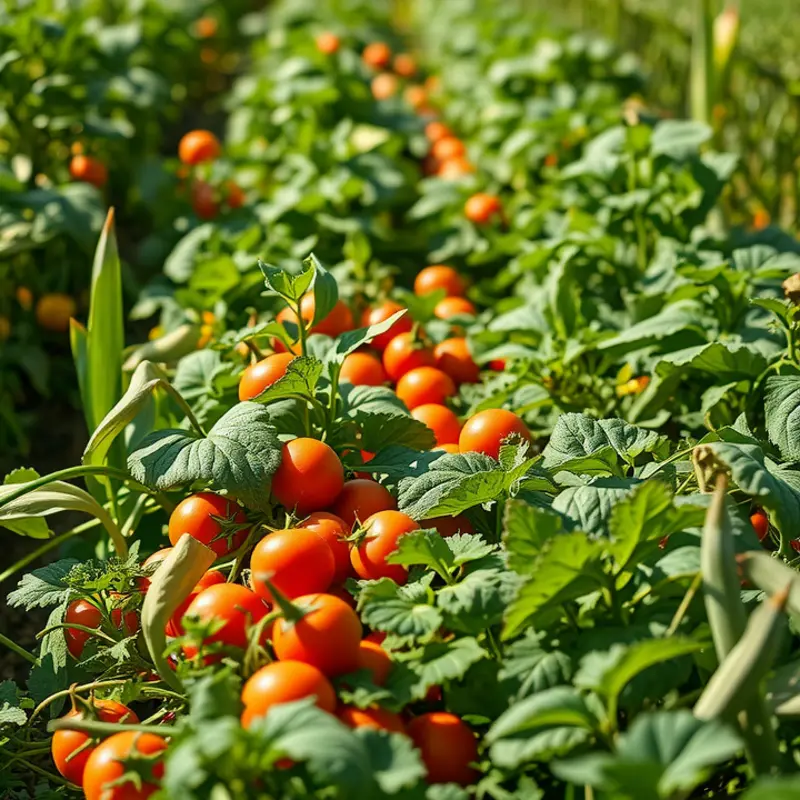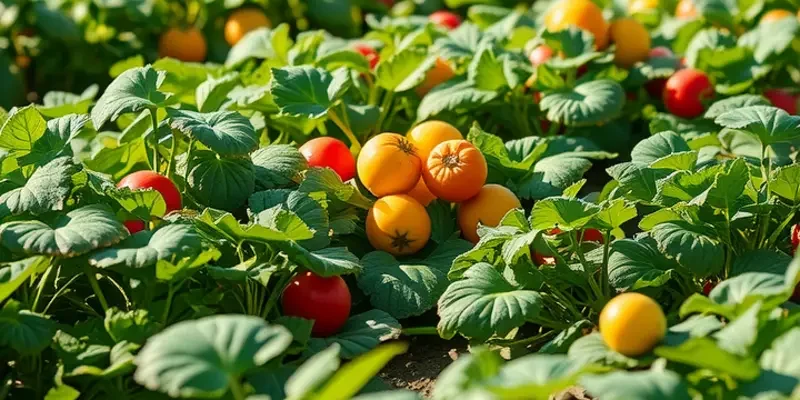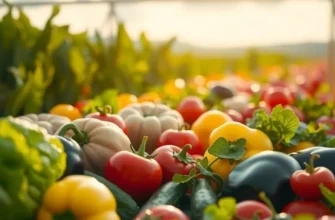Reducing salt in your cooking doesn’t mean sacrificing flavor. By using fresh ingredients and smart techniques, you can create vibrant, satisfying dishes. This journey will equip you with practical tips to enhance flavors, making your meals healthier without compromising on taste. Discover how to season wisely with herbs, spices, and alternative flavors. Whether you’re an experienced cook or just starting out, you’ll find simple strategies to elevate your kitchen skills and impress your guests.
Embrace Fresh Ingredients

Start your journey to reducing salt by embracing nature’s bounty of fresh, vibrant ingredients. Fresh vegetables, herbs, and spices not only add depth to your dishes but also contribute their own unique flavors that allow you to use less salt while still enjoying rich tastes.
Fresh vegetables are a feast for the senses. Tomatoes brought straight from a farmer’s market burst with a sweet acidity that enlivens salads and salsas. Their robust flavor reduces the need for added salt. Peppers with vibrant colors bring a crunchy, sweet, and sometimes spicy element that can enhance a stir-fry or a roasted vegetable platter without needing additional sodium.
Herbs, too, are culinary powerhouses. Basil’s peppery bite transforms a basic tomato sauce into a sumptuous delight. Cilantro adds a fresh, citrusy note to a dish of black beans or a tangy guacamole. By using more herbs, you open your palate to powerful flavors that make the absence of salt unnoticeable.
Spices are essential for building layers of flavor in your cooking. Cumin delivers an earthy warmth that grounds dishes from a variety of cuisines. Meanwhile, ginger brings a zesty heat that accentuates the sweetness in vegetables like carrots or sweet potatoes. Each spice you choose contributes personality and complexity to your cooking, reducing the reliance on salt.
Pairing is an art that can bring out the best in your fresh ingredients. Consider the natural sweetness of roasted root vegetables paired with the citrusy zest of fresh thyme or rosemary. Balancing these elements creates a harmonious experience for the taste buds. The right pairings make dishes feel complete and satisfying even as salt is minimized.
Seasonal produce should be your guide to better taste. Produce that is in season tends to be fresher, more affordable, and laden with flavor. A ripe summer zucchini needs little more than a hint of olive oil and a sprinkle of cracked black pepper to shine. In the fall, squash offers natural sweetness and a creamy texture that can be highlighted with paprika and fresh sage.
By focusing on the quality and richness of fresh ingredients, your meals can reach new heights of flavor. This not only promotes better health for you and your loved ones but also supports a sustainable lifestyle. Interested in more ways to cook with fresh ingredients while reducing waste? Check out Low Waste Cooking Prep for practical tips on minimizing waste in the kitchen.
Creative Seasoning Techniques

Unlocking the full potential of your culinary creations involves more than just shaking a saltshaker. Herbs, spices, and acidic ingredients can transform a dish into a symphony of flavors without relying heavily on sodium. Let your kitchen be your spice-filled laboratory. Start with the basics: herbs like basil, thyme, and rosemary provide robust aromas and rich flavors. Consider how fresh cilantro can add a citrusy twist, while a sprig of dill creates a bright, tangy undertone.
Spices broaden this palate even further. Cumin and paprika are game-changers, introducing earthy and smoky dimensions to your meals. Blend these with others like coriander or turmeric to invoke global cuisines. When using spices, remember that roasting or toasting them can enhance their complexity. Dry heat modifies their properties, unlocking oils that deepen flavor. Experiment with different combinations to discover which flavors balance best with your favorite dishes.
Acidic ingredients hold the key to brightening up flavors. Lemon juice or a splash of vinegar can make ingredients pop, removing the need for salt. Their tangy nature tempers richness and cuts through fats, adding depth to salads, meats, and even grains. Use a vinegar variety to change the flavor profile; for example, balsamic offers sweetness while apple cider vinegar gives a more robust apple taste.
Try grilling or roasting vegetables to extract their inherent sweetness and complexity. Caramelization, a result of the Maillard reaction, is your ally in the flavor department. When vegetables like carrots or bell peppers are roasted, their natural sugars concentrate, bringing out delightful richness that asks for no additional salt.
Substituting garlic and onions for salt is another effective strategy. These ingredients offer an aromatic base that’s versatile across many cuisines. The boldness of roasted garlic or the pungent zest of raw onions can create a flavorful infrastructure for any dish.
Ponder incorporating bold flavors through marinades or rubs. A simple mix of olive oil, herbs, and citrus can seep into meats or vegetables, unfolding deep flavor layers as they cook. Consider purées of fresh herbs and garlic or using vinegar-based sauces to marinade, offering a robust taste while keeping sodium in check.
For those eager to explore further, this guide on flavor boosters might inspire new culinary ideas.
By adopting these creative seasoning techniques, you can craft dishes bursting with flavor, proving that less salt doesn’t mean less taste.
Final words
Reducing salt in your cooking opens up a world of flavors waiting to be explored. By embracing fresh, seasonal ingredients and employing creative seasoning techniques, you can enhance your meals without relying on excess sodium. Remember, cooking is a continual journey. Experiment with new flavors, play with combinations, and develop your palate. Each meal is an opportunity to learn and enjoy healthier culinary experiences, benefiting both you and those you share your creations with. Let your kitchen become a haven for bold, flavorful dishes that nourish from the inside out.







